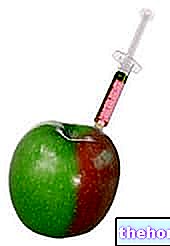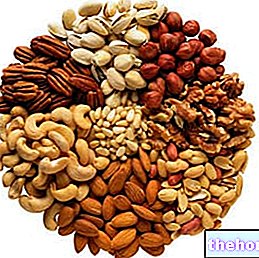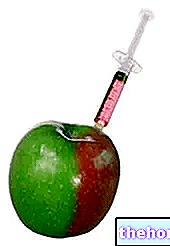E161 XANTOFILLE
The xanthophyll group represents a set of natural substances that belong, from a chemical point of view, to the family of carotenoids. In fact, they have the fundamental chemical structure of carotene, but unlike the latter, they contain oxygen atoms.
The xanthophylls have an undefined color, which varies from yellow to red.
These compounds are widespread in both the animal and plant kingdoms.
Xanthophylls are used as dyes and have proved harmless to human health. In fact, they are widely used in the food industry for bakery and pastry products, for ice creams, puddings, desserts, sauces, mayonnaise, candied fruit, drinks, diet products, snacks, etc., but also in cosmetics.
The progenitor of this family is lutein indicated with the initials E161b.
The most important xanthophylls are, in addition to Lutein, Cryptoxanthin (E161c), Zeaxanthin (contained in Corn), Rubixanthin (E161d), Violaxanthin (E161e), Rhodoxanthin (E161f) and Canthaxanthin (E161g).
They are found in the green leaves of all plants, in maize, alfalfa and also in animals (crustaceans and birds).
Xanthophylls are generally fat-soluble, as are most carotenoids, but are less subject to the oxidative process than the latter. Furthermore, xanthophylls - although not, like carotene, precursors of Vitamin A - are very important as they intervene in various biochemical processes by counteracting oxidative processes.
The Italian food law (D.M. February 27, 1996 n.209) lists xanthophylls under the abbreviation of E 161.





























